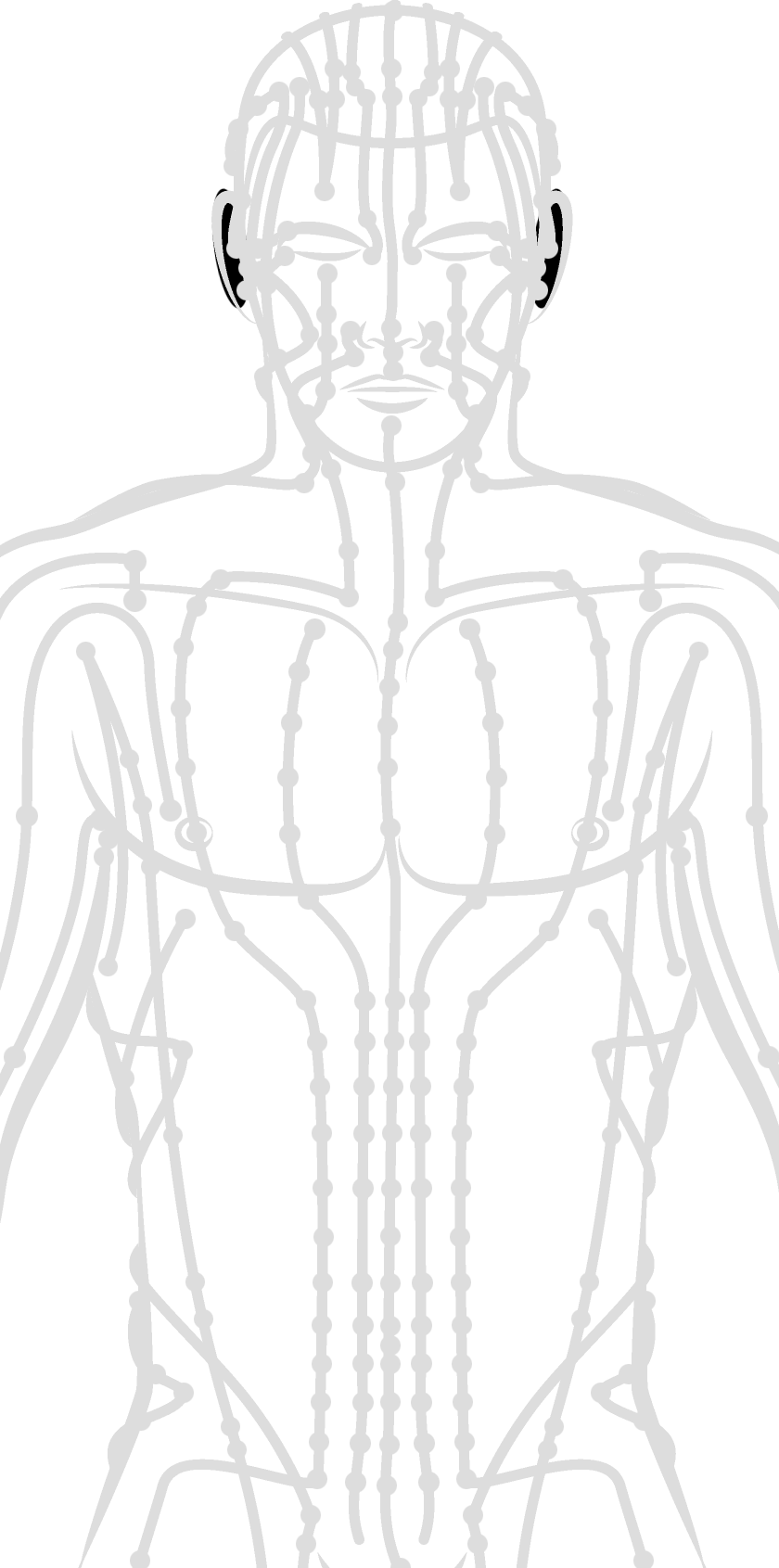Application #14: Ears Copy
Ears
 Anatomy:
Anatomy:The ear has external, middle, and inner portions. The outer ear is called the pinna and is made of ridged cartilage covered by skin. Sound funnels through the pinna into the external auditory canal, a short tube that ends at the eardrum (tympanic membrane).
Innervation:
Sensory innervation to the external ear is supplied by both cranial and spinal nerves. Branches of the trigeminal, facial, and vagus nerves (CN V, VII, X) are the cranial nerve components, while the lesser occipital (C2, C3) and greater auricular (C2, C3) nerves are the spinal nerve components involved.
Vasculature:
The external ear is supplied by branches of the external carotid artery: Posterior auricular artery. Superficial temporal artery.
Possible Effects of a Strike:
- detachment of the ear outer structure
- overpressure (barotrauma) causing rupture of the eardrum
- localized pain
- loss of consciousness due to activation of the nervus trigeminus, nervusauriculotemparalis, vagus nerve, and the ramus auricularis
- loss of balance
- vestibular dizziness
- nausea
- vomiting
- accelerated heartrate
- profuse sweating
- loss of consciousness
